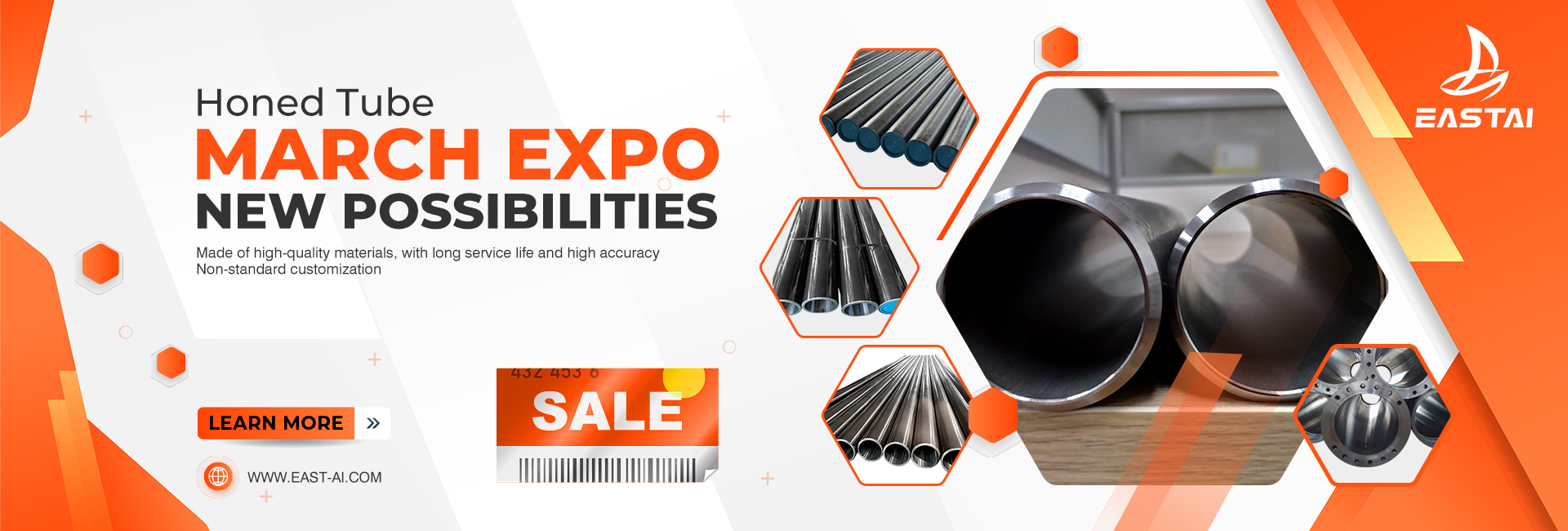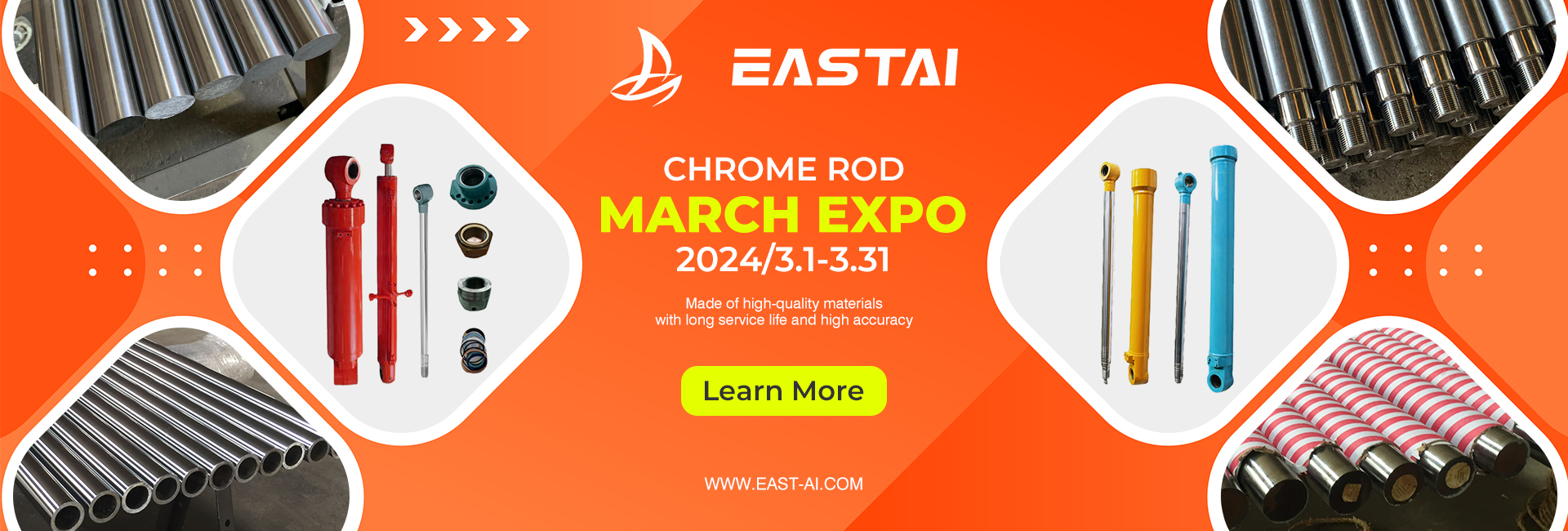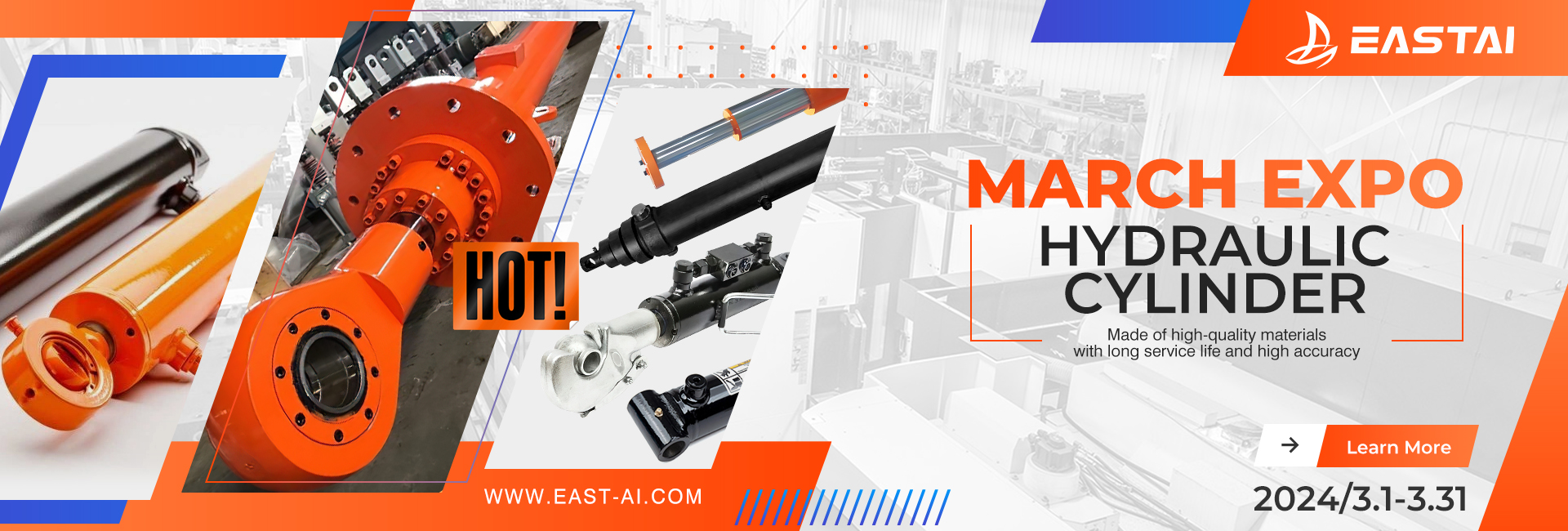Are you tired of struggling with manual log splitting techniques that consume your time and energy? A hydraulic cylinder for log splitter is the perfect solution for you! In this comprehensive guide, we will explore everything you need to know about hydraulic cylinders for log splitters, from their construction and operation to their benefits and applications.
1. What is a hydraulic cylinder for log splitter?
A hydraulic cylinder for log splitter is a mechanical device that uses hydraulic pressure to split wood logs into smaller pieces. It consists of a cylindrical barrel, a piston, and a rod that moves in and out of the barrel. The hydraulic pressure applied to the piston by a pump causes the piston and rod to move, creating the necessary force to split the log.
2. How does a hydraulic cylinder for log splitter work?
A hydraulic cylinder for log splitter works by converting hydraulic energy into mechanical energy. The hydraulic system consists of a hydraulic pump, hoses, control valve, and the cylinder. The pump draws oil from the reservoir and sends it through the hoses to the control valve. The valve directs the oil to the cylinder, which causes the piston and rod to move. This movement generates the necessary force to split the wood log.
3. Types of hydraulic cylinders for log splitters
There are two main types of hydraulic cylinders for log splitters: single-acting and double-acting. Single-acting cylinders operate in one direction, while double-acting cylinders can move in both directions. Double-acting cylinders are more efficient and provide better control over the splitting force.
4. Benefits of using a hydraulic cylinder for log splitter
- Increased productivity: Hydraulic cylinders for log splitters are faster and more efficient than manual log splitting techniques, which increases productivity.
- Less physical effort: Hydraulic cylinders eliminate the need for manual labor, reducing physical effort and the risk of injuries.
- Consistent splitting force: Hydraulic cylinders provide a consistent splitting force, resulting in uniform log sizes and better quality wood.
- Versatility: Hydraulic cylinders can be attached to various log splitter models, making them versatile and compatible with different machines.
5. Applications of hydraulic cylinder for log splitter
Hydraulic cylinders for log splitters are widely used in the following applications:
- Forestry and logging
- Woodworking
- Landscaping and gardening
- Homeowners for firewood production
6. Factors to consider when choosing a hydraulic cylinder for log splitter
When choosing a hydraulic cylinder for log splitter, consider the following factors:
- Size and capacity: Ensure that the cylinder is compatible with your log splitter model and can handle the maximum log diameter you plan to split.
- Pressure rating: Choose a cylinder with a pressure rating that matches your hydraulic pump’s maximum pressure.
- Stroke length: The stroke length should match the distance that the ram needs to travel to split the log.
- Mounting style: Choose a mounting style that is compatible with your log splitter’s design.
7. How to maintain your hydraulic cylinder for log splitter?
Proper maintenance is essential to ensure the longevity and optimal performance of your hydraulic cylinder for log splitter
. Here are some maintenance tips to keep in mind:
- Regularly check for leaks and worn-out components, such as hoses and seals, and replace them as necessary.
- Keep the hydraulic fluid clean and at the recommended level.
- Lubricate the cylinder and its components regularly to prevent rust and corrosion.
- Clean the cylinder and its components after use to prevent debris buildup.
8. Troubleshooting common issues with hydraulic cylinders for log splitters
Here are some common issues that may arise when using a hydraulic cylinder for log splitter and how to troubleshoot them:
- Cylinder doesn’t move: Check the hydraulic fluid level, pump, and control valve.
- Slow or weak movement: Check the hydraulic fluid level, pressure, and pump.
- Cylinder leaks: Check for damaged hoses, fittings, or seals and replace them as necessary.
- Overheating: Check the hydraulic fluid level and pump for proper operation.
9. Safety precautions when using a hydraulic cylinder for log splitter
While hydraulic cylinders for log splitters are safe and efficient, it’s crucial to follow these safety precautions:
- Always wear appropriate protective gear, such as gloves and eye protection.
- Keep your hands and other body parts away from the cylinder when it’s in operation.
- Use the log splitter on a stable surface and avoid operating it on uneven or sloped terrain.
- Keep children and pets away from the log splitter when in use.
- Follow the manufacturer’s instructions and recommendations when operating the log splitter.
Investing in a hydraulic cylinder for log splitter is a smart choice for anyone who needs to split wood logs efficiently and safely. With the information provided in this guide, you now know everything you need to make an informed decision about choosing and using a hydraulic cylinder for log splitter. Remember to follow the safety precautions and maintenance tips to ensure the longevity and optimal performance of your hydraulic cylinder for log splitter.
Contact us now to order your hydraulic cylinder for log splitter and experience the convenience and efficiency of hydraulic log splitting!
Post time: Apr-23-2023




